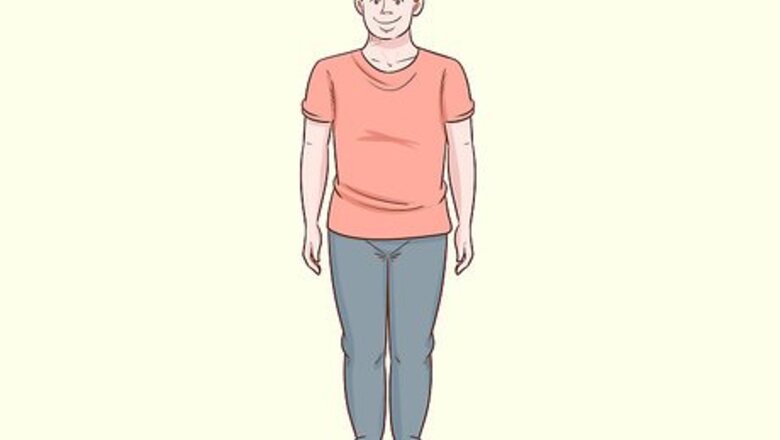
views
Learning the Basic Moves
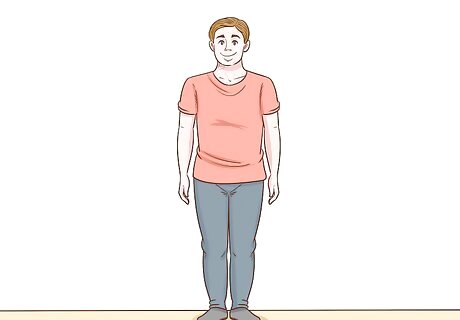
Stand up straight with your feet close together. Position your feet directly under your body, and make sure your spine is relaxed and straight as you look forward. Shift the toe of your left foot so that it’s pointing slightly outward on the left side of your body. This will help as you begin to take the first steps of the dance. If you’re dancing with a partner, face each other so that your legs are staggered. If you have a partner, decide who will be the leader and who will be the follower so that you can move more naturally and fluidly together.
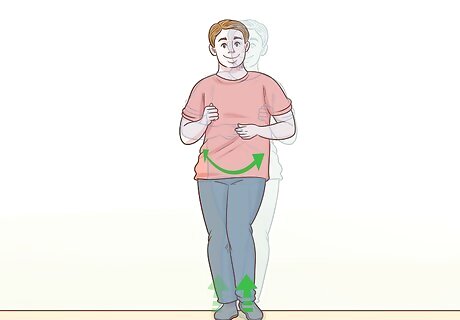
Shift your weight from side to side as you lift your feet and sway your hips. Listen to the music, and slightly lift your left foot as you move your hip to the left. Then, slightly lift your right foot as you move your hip to the right. Repeat this until you get a good feel for the beat and tempo of the music. As you’re doing this, you can bend your arms at your elbows and move your hands and arms and small circular motions to the beat of the music.
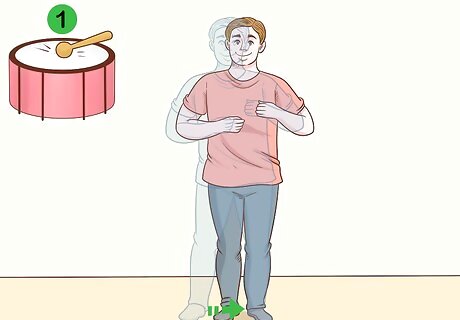
Step to the left on the first bass beat. When you hear the first low, heavy drum beat in the song, take a step out to your left with your left foot for one beat. Then, bring your right foot to meet it on the next beat, and sway your hips as you dance to the music. Once your feet are together, you can step back to the right on the next beat, or shift to a forward or backward step. You may hear some instrumental music before the bass comes into the song.
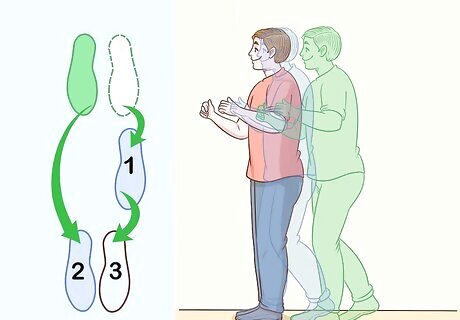
Take 3 steps forward, leading with your left foot. When you’re ready to move forward, take a small step forward with your left foot on one beat. On the next beat, step forward with your right foot, and then follow with another step with your left foot. Bring your right foot to meet your left foot to complete the movement. From there, you can mimic those movements to move backward again, starting with your left foot. If you’re dancing with a partner, remember that the follower will be moving in the opposite direction with the opposite foot. When the leader steps forward with their left foot, the follower will step backward with their right foot to match the movement.
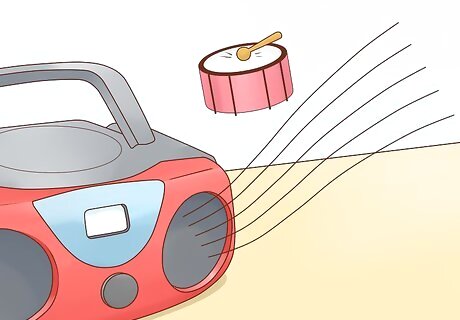
Follow the sound, tempo, and beat of the music. Listen to the instruments and singing in the music, and only take steps to the side, forward, or backward when you hear bass beats. During other instrumental music, dance in one place with your partner or alone. Different Types of Kizomba Music While the basic steps for kizomba always remain the same, you can vary your moves based on the type of music that's playing. Retro/traditional kizomba: This style was invented in Angola in the 1950s and pairs with the traditional kizomba dance. It is based off of traditional Angolan music with heavy beats and sensuous rhythms to inspire fluid, purposeful movements. Semba: Semba is a music style that pairs the basic kizomba steps with more sensual music. One of the most important parts of dancing to this music is standing close enough to your partner that your chests or stomachs can touch throughout the song. Upbeat kizomba: This type of dance mixes the steps of kizomba with a faster, more electronic style of music. The steps are the same, but just slightly faster to keep up with the music! Zouk kizomba: Zouk is a Caribbean-style party music with a quick tempo and fun, syncopated beats. This style of kizomba has sharper movements, which require close coordination with your partner.
Dancing with a Partner
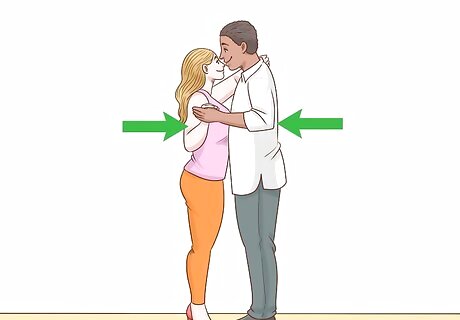
Shift your weight slightly forward so your chests are close. Facing your partner with your feet staggered, move your weight to the balls of your feet. Your chest should be very close or touching theirs, but you shouldn’t be leaning any of your weight on them. Some kizomba instructors say to rest 20% of your weight on your partner, but this can be difficult for beginners. Start out by holding your own weight, and when you get more comfortable with your partner, you can lean on them.
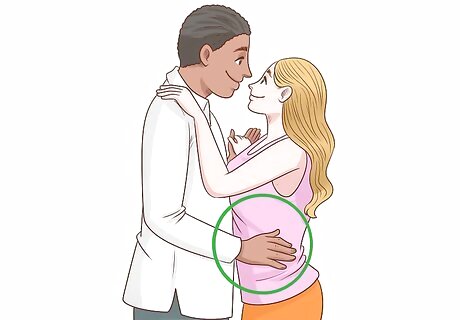
Place your right hand on your partner’s waist if you’re leading. Position your hand so that it rests between the bottom of your partner’s shoulder blade and their waist. Hold your shoulders up so that they’re parallel to your partner’s, and keep your hand relaxed. Squeezing your partner or holding them too close to you can be restrictive and make dancing more difficult than it needs to be. Your hand can rest on your partner’s back or their side, depending on your preference.
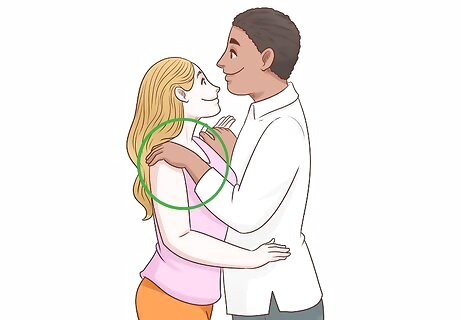
Position your left hand on your partner’s shoulder if you’re following. Gently drape your arm across your partner’s shoulder line as you keep your shoulders parallel to theirs. Depending on how tall your partner is, your hand might rest on top of their shoulder or closer to the back of their neck. Keep your hand relaxed and loose. Avoid squeezing or hanging on your partner’s shoulder, as the tension can cause them to drop one of their shoulders.
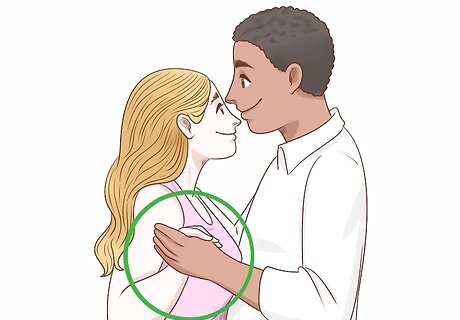
Clasp your free hands together just below shoulder height. The position of your free hand in kizomba is generally pretty relaxed with your elbow bent. Decide on a position that works best for the both of you as you hold your hands somewhere between your waists and your shoulders. This is different from other more traditional ballroom dances, since you won’t be leading with your arm in kizomba.
Mastering the Kizomba Dance
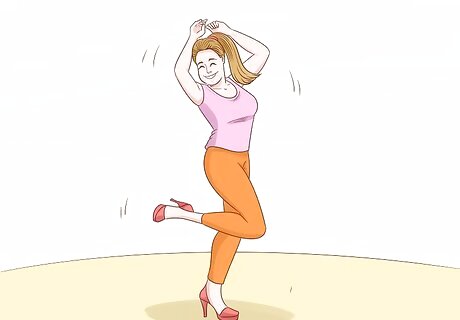
Dance freestyle during the intro and outro of the song. Most kizomba songs have around 15-30 seconds of softer introductory music. Use this time to showcase your unique dance style, or find a dance partner if you’re dancing in a large group of people. As the song winds down, you can break away from your partner or freestyle with them. If you’re dancing in a club or dance hall, don’t be afraid to switch partners between songs. This will help you improve your dancing skills by making connections with partners who have different dancing styles!
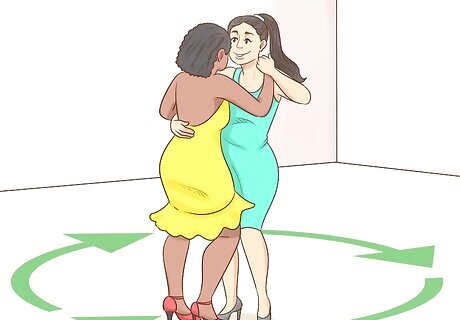
Move around the floor during the forward and backward steps. Take 3-4 steps at a time during parts of the song with heavy bass beats. Let the leader decide which direction your pair will move toward. Don’t be afraid to switch things up by moving diagonally or throwing in a few spins! The leader of the pair will dictate the length of the steps. If your leader has long legs, the steps may be longer. Whenever you move forward as you dance, you should also plan to move backward at least 1-2 steps once you reach your destination.
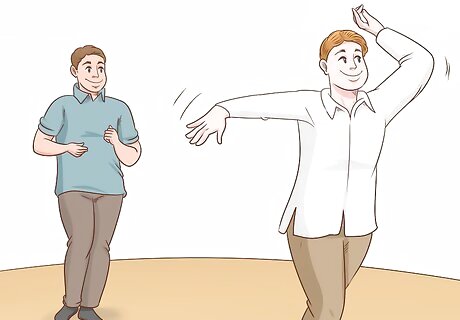
Break away from your partner to do “saidas.” In Kizomba, you can do a saida, or a freestyle move, during the song if you break away from your partner. To do one, pull away, and take small steps as you spin in a circle to the beat. When you’re ready to go back to your partner, rejoin hands and take one step to the left of their body with both of your feet, and then do another step on the right side of their body. These take a lot of practice, communication, and coordination with your partner. Don’t get discouraged if you don’t get it the first time!













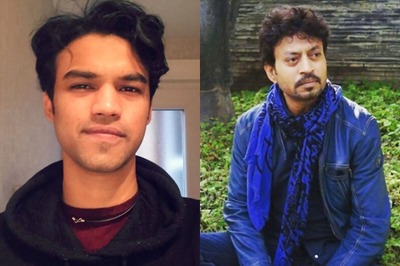




Comments
0 comment